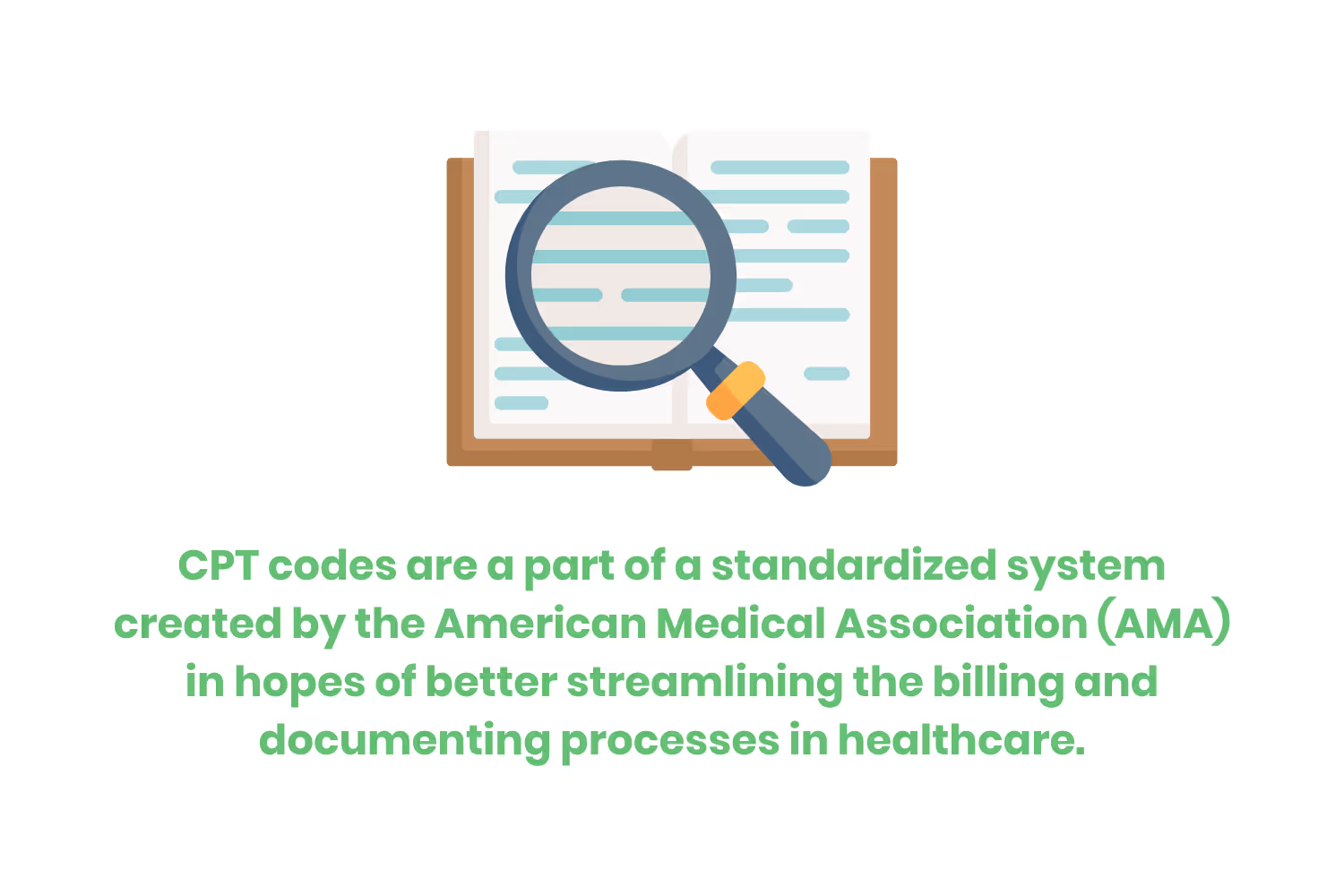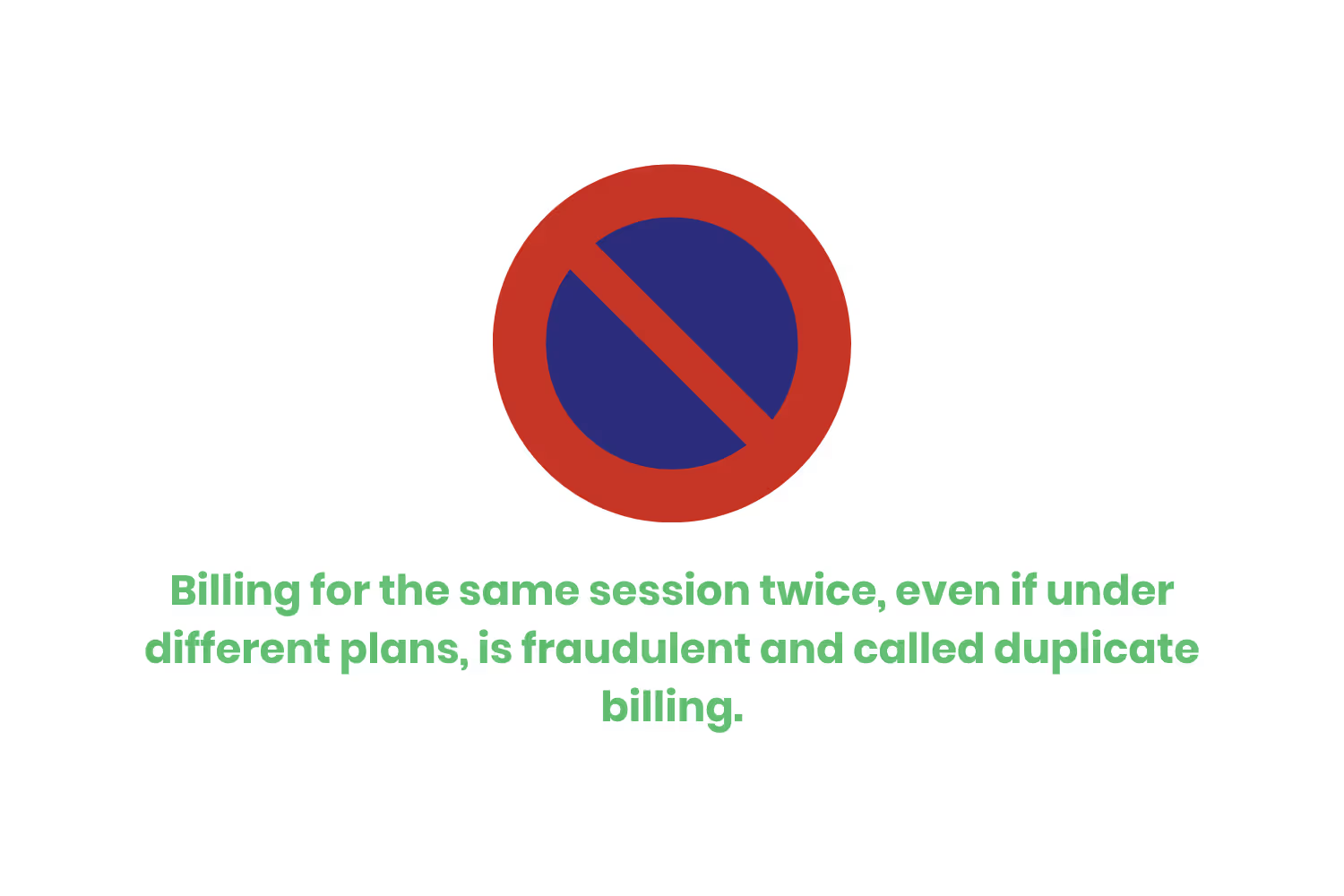CPT Code for Marriage Counseling: An Ultimate Guide
Let’s go over what CPT codes are and which ones to use for marriage counseling (depending on the situation). Then, we will go over how to successfully bill for these services, even if a third-party payer “excludes” it from their coverage.

A 2020 study found that 41% of first-time marriages end in divorce. This is a little better than the famous statistic that 50% end in divorce, but not by much.
But don’t let this scare you away from saying “I do”!
Plenty of couples go through hardships and come out the other side better for it. At the end of the day, communication while learning to navigate the ups and downs of life is essential between partners. That’s why a popular approach that couples take, for better communication skills, is marriage counseling.
That’s right, counseling is a helpful tool used by many to manage marital issues. Some people even partake in premarital counseling. This is often to establish a solid foundation and line of communication before two people tie the knot. 90% of couples say that marriage counseling had a positive impact on their relationship.

So with this kind of success, it’s probably pretty simple to bill for these services, right? Unfortunately, that’s not the case. Historically, couples therapy is one of the most confusing services for therapists to bill.
There is no single Current Procedural Terminology (CPT) code that covers “marriage counseling.” Instead, we work with different variations of CPT codes that include both family therapy and individual therapy, depending on the situation.
So, since there isn’t a set CPT code for marriage counseling, how should you bill these services.
Let’s go over what CPT codes are and which ones to use for marriage counseling (depending on the situation). Then, we will go over how to successfully bill for these services, even if a third-party payer “excludes” it from their coverage. Let’s get right into it!
What are CPT codes?
CPT codes are a part of a standardized system created by the American Medical Association (AMA) in hopes of better streamlining the billing and documenting processes in healthcare.
The development of this system further resulted from the collaboration between the AMA and the CPT Editorial Panel. The significance of this panel is that it’s made up of experts from various medical specialties. They have the task of regularly reviewing codes to ensure accuracy and comprehensiveness.
When discussing CPT codes, there are three categories you should be familiar with in this evolving healthcare landscape. First, we have Category I codes. These are the most widely used CPT codes. They describe clinically proven procedures and services that are commonly performed. Often, Category I codes include evaluation and management services. As well as psychotherapy sessions and psychiatric diagnostic evaluations.

Category II codes are more so optional than anything. They provide additional information for quality assurance. These codes allow for things such as data collection on performance measures. As well as patient outcomes and adherence to best practices.
Category III codes are temporary codes. These represent emerging technologies and procedures that are still undergoing industry evaluation. By categorizing these services and technologies, this allows for better tracking of their usage and effectiveness. There is potential for these upcoming interventions in Category III to join the ranks of Category I codes.
The variety and inclusion of CPT codes cater to all of the different branches of healthcare. A surefire way to represent reimbursement for all kinds of treatments and services. However, some services are not as straightforward as I mentioned before. Let’s go over a perfect example of this by delving into CPT codes for marriage counseling.
CPT Codes for Marriage Counseling
Historically, many insurance companies have not covered couples/family therapy. Luckily, with mental health awareness on the rise, more mental health services are now included in healthcare plans.
Therefore, more CPT codes!
Now, there are two CPT codes related to marriage counseling that are most used. Although not specifically for “marriage counseling”, these CPT codes are 90847 and 90846. Technically, providers use these codes when billing families receiving counseling services.

The 90846 CPT code identifies “family psychotherapy services without the patient present”. This code is applicable when a provider needs to see an individual separately. More specifically, when the non-IP family member needs an individual appointment.
Note that if you are using this code too often, the insurance company may question why the IP isn’t involved. The time range for this kind of session is 50 minutes. If you need to see the IP separately, make sure to bill it as an individual therapy code.
The 90847 CPT code identifies “family psychotherapy with the patient present”. It is also known as “conjoint psychotherapy”. You can use this CPT code the same day as an individual psychotherapy service, as long as services are separate for the patient. Again, the patient must be present. The time for the session is 50 minutes long.
Billing for Marriage Counseling Services
Billers can work with these codes to cover couples seeking counseling, even though it still can vary from plan to plan. Even among groups within the plan. Remember, just because a CPT code exists, doesn’t necessarily mean it's covered. Always make sure to check a patient’s coverage with their insurance plan.
For covered couples/family therapy, there is a required standard criteria:
- Payers must have evidence that the service is medically necessary. Must have a diagnosis that calls for treatment through this service for one of the members in the covered family. Otherwise known as the identified patient (IP).
- One person in the session must be the IP.
- Z-codes are not sufficient.
- Couples/family therapy must be clinically focused. Therapy focused solely on communication skills, parenting issues, and couple growth are not covered.
If the IP has coverage under two plans, make sure to only bill under their primary insurance. Billing for the same session twice, even if under different plans, is fraudulent and called duplicate billing.

But don’t fret, billing for marriage counseling doesn’t have to be hard!
Just make sure to understand the importance of having an IP when using these CPT codes. As well as making sure you have a clear clinical justification! If an audit happens, you are then prepared to demonstrate your compliance.
Keep in mind that your initial session gets billed as an initial session with the IP present. For ongoing therapy, you are going to need to incorporate CPT codes 90847 and 90846. Again use 90847 for couples and families with IP present. Use 90846 for partner/spouse or family without IP present.
There are a few basic tips for billing, no matter the CPT code you use. As a medical biller, you need to stay up to date with all of the different CPT code changes. Make sure you check your contracts regularly for any changes and verify your client’s benefits before billing. Keeping on top of this information can save you from claim denials and delayed reimbursements.
Conclusion
While these statistics on marriage and divorce rates might be daunting, don’t let them discourage you from happily ever after! Couples manage and navigate challenges successfully all of the time, especially through marriage counseling. That’s why the standardization of these therapy CPT codes is so important. It is one less barrier for couples who are seeking marital counseling.
Although billing for CPT codes 90846 and 90847 might be complex, understanding the differences between them will help you collect reimbursement for marriage counseling faster. By simplifying the billing process and reducing obscurities, we can also help to facilitate accurate data collection for research. As well as quality improvement and enhancing patient care outcomes.
For professionals to best support their patients with the necessary therapeutic interventions, they must stay up to date with insurance coverage specifics. The evolution of healthcare means more CPT code developments, which will adapt to new procedures, technologies, and healthcare delivery models. By staying current with these developments, mental health professionals can effectively optimize reimbursement and better support their patients.
Emphasize your product's unique features or benefits to differentiate it from competitors
In nec dictum adipiscing pharetra enim etiam scelerisque dolor purus ipsum egestas cursus vulputate arcu egestas ut eu sed mollis consectetur mattis pharetra curabitur et maecenas in mattis fames consectetur ipsum quis risus mauris aliquam ornare nisl purus at ipsum nulla accumsan consectetur vestibulum suspendisse aliquam condimentum scelerisque lacinia pellentesque vestibulum condimentum turpis ligula pharetra dictum sapien facilisis sapien at sagittis et cursus congue.
- Pharetra curabitur et maecenas in mattis fames consectetur ipsum quis risus.
- Justo urna nisi auctor consequat consectetur dolor lectus blandit.
- Eget egestas volutpat lacinia vestibulum vitae mattis hendrerit.
- Ornare elit odio tellus orci bibendum dictum id sem congue enim amet diam.
Incorporate statistics or specific numbers to highlight the effectiveness or popularity of your offering
Convallis pellentesque ullamcorper sapien sed tristique fermentum proin amet quam tincidunt feugiat vitae neque quisque odio ut pellentesque ac mauris eget lectus. Pretium arcu turpis lacus sapien sit at eu sapien duis magna nunc nibh nam non ut nibh ultrices ultrices elementum egestas enim nisl sed cursus pellentesque sit dignissim enim euismod sit et convallis sed pelis viverra quam at nisl sit pharetra enim nisl nec vestibulum posuere in volutpat sed blandit neque risus.

Use time-sensitive language to encourage immediate action, such as "Limited Time Offer
Feugiat vitae neque quisque odio ut pellentesque ac mauris eget lectus. Pretium arcu turpis lacus sapien sit at eu sapien duis magna nunc nibh nam non ut nibh ultrices ultrices elementum egestas enim nisl sed cursus pellentesque sit dignissim enim euismod sit et convallis sed pelis viverra quam at nisl sit pharetra enim nisl nec vestibulum posuere in volutpat sed blandit neque risus.
- Pharetra curabitur et maecenas in mattis fames consectetur ipsum quis risus.
- Justo urna nisi auctor consequat consectetur dolor lectus blandit.
- Eget egestas volutpat lacinia vestibulum vitae mattis hendrerit.
- Ornare elit odio tellus orci bibendum dictum id sem congue enim amet diam.
Address customer pain points directly by showing how your product solves their problems
Feugiat vitae neque quisque odio ut pellentesque ac mauris eget lectus. Pretium arcu turpis lacus sapien sit at eu sapien duis magna nunc nibh nam non ut nibh ultrices ultrices elementum egestas enim nisl sed cursus pellentesque sit dignissim enim euismod sit et convallis sed pelis viverra quam at nisl sit pharetra enim nisl nec vestibulum posuere in volutpat sed blandit neque risus.
Vel etiam vel amet aenean eget in habitasse nunc duis tellus sem turpis risus aliquam ac volutpat tellus eu faucibus ullamcorper.
Tailor titles to your ideal customer segment using phrases like "Designed for Busy Professionals
Sed pretium id nibh id sit felis vitae volutpat volutpat adipiscing at sodales neque lectus mi phasellus commodo at elit suspendisse ornare faucibus lectus purus viverra in nec aliquet commodo et sed sed nisi tempor mi pellentesque arcu viverra pretium duis enim vulputate dignissim etiam ultrices vitae neque urna proin nibh diam turpis augue lacus.




